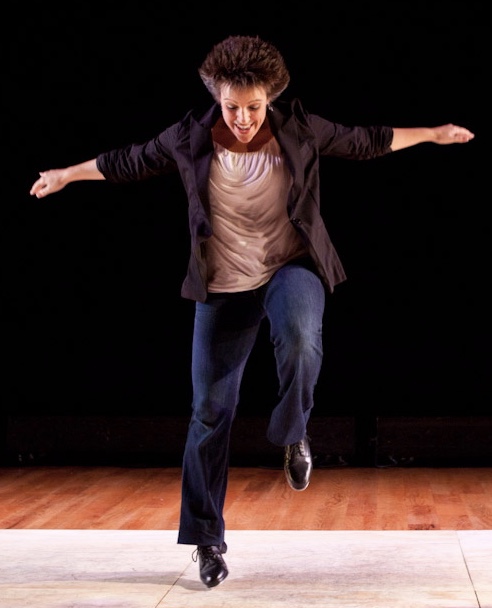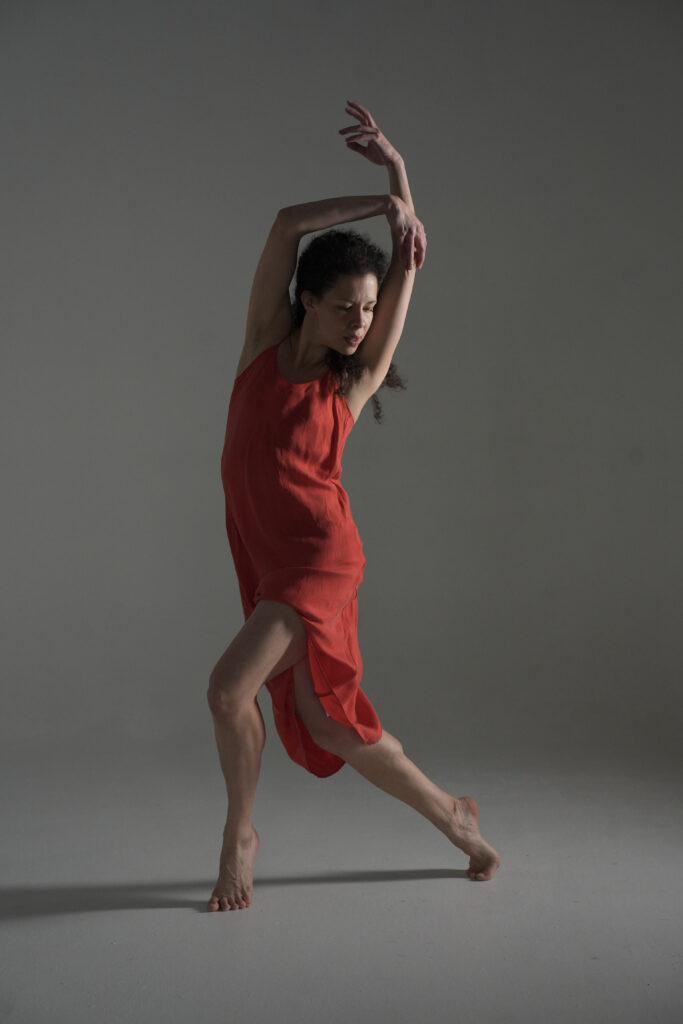
Guest teachers can inspire students of all ages, whether they’re part of a summer intensive, residency, or special event during the dance season. In fact, learning from someone new can pique students’ interest in different styles or enrich their understanding of concepts they’ve been practicing all year.
But in order for the engagement to be successful, studio owners and educators must work together. Studio owners, for instance, must consider several factors, including scheduling, compensation, and leveling, to ensure a successful class and make a guest teacher feel welcome in a new space, while guest teachers must focus on finding the right gig, establishing rapport with the students, and creating effective lesson plans in order to meet the studio’s objectives.
Dance Teacher spoke with four experienced studio owners and educators to get their insights and approaches for making the guest-teaching experience valuable for all involved.
Plan the Right Experience for Students

Before inviting guest faculty, consider what kind of class will best fit your students’ needs. “I always look at what our students are doing during the year and make sure the guest class complements that,” says Jason Luks, artistic director of The Dance Academy of North Jersey. “For example, our students have jazz every week, but I’m going to bring in somebody who I know will challenge them in jazz in a different way.”
Jason Warley, a New York City–based teacher and adjudicator, who is also the founder of Man In Motion, a company that provides studios and organizations with qualified dance educators for workshops, choreography, long-term teaching positions, and other roles, notes that many studios limit themselves by only hosting classes in common dance forms, such as ballet, jazz, tap, and contemporary.
“You want to supplement what students are already doing, not always repeat,” he suggests. “Instead of just hiring someone to do a standard ballet class, hire someone to teach a ballet partnering class, or a traditional variation from a popular ballet. Maybe even try something different, like African dance or ballroom.”
Additionally, the number of levels offered also impacts cost-effectiveness and the student experience. The Dance Academy of North Jersey recently offered three levels instead of four at an intensive, which proved more enjoyable for students and teachers. Luks believes that larger classes bring more energy into the room. “It switches it up from students’ regular classes, which are probably more divvied-up,” he says. Having bigger class sizes also makes it possible to integrate younger students who may have a limited attention span and minimal experience with guest teachers. “Kids gets the opportunity to dance with [students] they don’t normally dance with and are [given a push].”
Caroline Fermin, a freelance teaching artist, who also teaches modern and improvisation at Barnard College and Marymount Manhattan College, says: “Once the guest teacher knows what levels they’re teaching, they should think in advance about how to use the class time.”
“If the class is an hour and a half, I’ll prepare over two hours of material, so I have a menu of ideas I can draw from if things aren’t going well or if I overestimated or underestimated the level,” she says.
Finding Guest Teachers and Teaching Gigs
Finding the right teacher requires some research to make sure the guest is a skilled educator, not just a successful choreographer or performer. “Don’t hire someone only based on the hype of their name or how great they are as a dancer,” says Warley. “Hire someone based on how effective they are as a teacher. Ask yourself: Does this teacher have experience with the age group and level that I’m hiring them for?”
It’s important to remember that videos on someone’s website or social media account, even if they are from a class, are not always sufficient to make a hiring decision. “Ask for references from other studios that have brought that person in, and find out about that experience,” adds Luks.
For dance teachers looking to nab a guest-teaching gig, word of mouth can be a powerful tool. Alicia Monaco, a tap teacher, choreographer, and adjudicator from Connecticut, recommends “bringing your business card or a QR code for people to get your information wherever you go.”
Fermin also suggests “looking outside of just your intimate circle and talking to people you know in other styles of dance or other artistic fields.”

Communicate Expectations in Advance
Studio owners should be specific about communicating and confirming specific details about the position—including compensation, schedule, and the like—with the guest teacher beforehand so that they know exactly what their commitment is. Although talking about money can be uncomfortable, be up front with the teacher about what you are willing to pay them (either a flat, hourly, weekly, or monthly rate) and what kind of fee you can afford, especially if travel is involved.
Aside from compensation, be clear about what expectations they need to meet when working with your students. “Be honest about the level of your students,” says Monaco, “and share some of the things they’ve been working on or if you want the teacher to teach something specific.”
According to Fermin, the studio culture and social-emotional profile of the dancers can make or break the class, so studio owners should set the tone that lets the guest teacher start off on the right foot. “I like to be able to walk into a studio where the director has already spoken to students about classroom etiquette: how to stand at the barre, how to go across the floor in lines,” says Warley. “If I have to spend time doing that, the studio is not getting the biggest bang for their buck.”
Fermin adds that “regardless of who the students are and what they can do technically, a guest teacher should expect kind, respectful behavior.” If students aren’t accustomed to taking class with a guest teacher, talking with them beforehand can put them in the right mindset. “Present the energy that you want in your space, then everyone will follow along,” Monaco advises.

Create a Welcoming Environment
The term “guest teacher” indicates how the instructor should feel when they arrive: like a welcome guest in that environment. A studio or school representative should show the teacher where to change and where the bathrooms are, as well as offer the teacher a bottle of water or anything else they might need. “I always like to meet the person that invited me, or some representative of the space,” says Fermin.
Another good rule of thumb is to pay teachers on time. “A lot of teachers are freelancers, so we’re cobbling together different jobs, slotting these classes into our regular schedules,” Fermin explains. “It’s helpful when people follow through on the administrative end in a timely, efficient manner.”
Benefits for All
The biggest payoff is seeing how much students gain by working with a new teacher. “When students hear a different version of what they’re already hearing from their teachers during the year, it’ll make them have a light bulb moment,” says Luks.
Teachers can benefit from guest classes too, as an opportunity to hone their skills. “You have to be really good at managing your time, connecting with students quickly and getting them to feel mastery over something in a short period of time,” says Fermin. “Figuring out how to make that happen can make you a much more effective teacher.”





